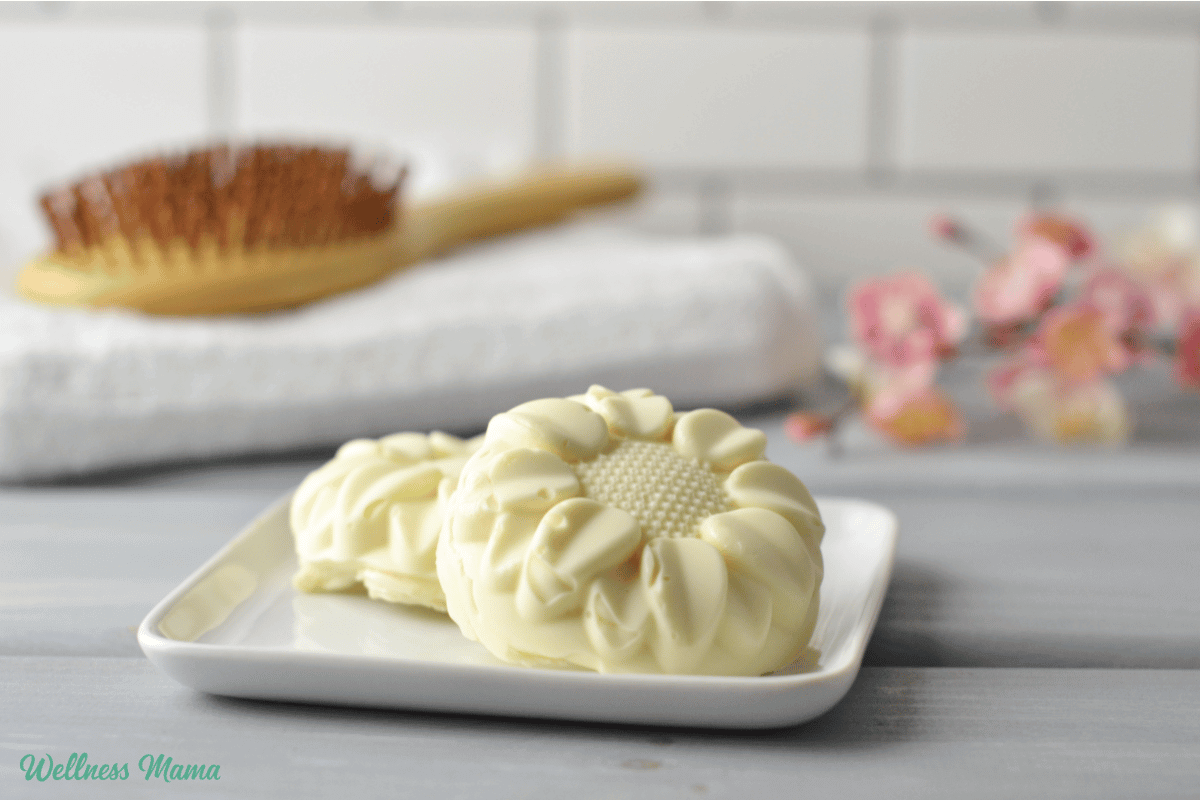
The bent-over row is a staple train in lots of strength training programs, offering a wealth of advantages for these seeking to construct a robust and muscular back. This train targets the foremost muscle tissue of the higher and center back, together with the latissimus dorsi, rhomboids, and trapezius, in addition to partaking the biceps and forearms. In this complete information, we’ll dive deep into the bent-over row exercise, overlaying every little thing from correct kind and variations to the advantages and ideas for maximizing your outcomes.
What is The Bent Over Row Workout?
The bent-over row is a compound exercise that includes pulling a weight in direction of your torso whereas sustaining a bent-over place. This motion primarily targets the muscle tissue of the back, however it additionally recruits the biceps, forearms, and core. The train may be carried out with varied tools, together with a barbell, dumbbells, kettlebells, or resistance bands, making it a versatile addition to any workout routine.
Muscles Worked
- Latissimus Dorsi: The largest muscle of the back, liable for the “V” form. It helps in pulling actions and stabilizing the backbone.
- Rhomboids: Located between the shoulder blades, the rhomboids retract the scapula and help keep good posture.
- Trapezius: A big muscle extending from the bottom of the cranium to the center of the back, concerned in transferring, rotating, and stabilizing the shoulder blades.
- Biceps: The entrance muscle tissue of the higher arm that help in pulling actions.
- Forearms: Engaged to keep up grip on the weights.
- Core: Stabilizes the physique during the train, stopping extreme motion and sustaining correct kind.
Benefits of the Bent Over Row Workout
1. Builds a Strong and Muscular Back
The bent-over row is one of the most effective exercises for developing a thick, extensive, and powerful back. By concentrating on the foremost muscle tissue of the higher and center back, it helps create a balanced and highly effective physique.
2. Enhances Posture
Strong back muscle tissue are important for sustaining good posture. The bent-over row strengthens the muscle tissue liable for retracting and stabilizing the scapulae, which helps counteract the detrimental results of sitting for long intervals.
3. Improves Pulling Strength
The pulling movement of the bent-over row immediately interprets to improved efficiency in different workout routines like pull-ups, deadlifts, and any exercise that includes pulling or lifting.
4. Increases Core Stability
While primarily a back train, the bent-over row additionally engages the core muscle tissue, serving to to improve general stability and cut back the risk of damage during different compound actions.
5. Versatile and Adaptable
The bent-over row may be carried out with varied sorts of tools, making it simple to include into totally different training programs, whether or not you’re on the health club or figuring out at home.
How to Perform The Bent Over Row Workout
1. Barbell Bent Over Row
Setup:
- Stand along with your toes shoulder-width aside, holding a barbell with an overhand grip (palms going through down) barely wider than shoulder-width.
- Bend your knees barely and hinge on the hips, protecting your back flat and your chest up. The barbell ought to dangle at arm’s size in entrance of you, slightly below your knees.
Execution:
- Pull the barbell in direction of your torso, squeezing your shoulder blades collectively on the prime of the motion.
- Pause briefly, then slowly decrease the barbell back to the beginning place.
- Ensure that your back stays straight all through the motion and that your head is in keeping with your backbone.
Common Mistakes:
- Rounding the back: This can result in damage. Keep your back flat and core engaged.
- Using momentum: Focus on managed actions to maximise muscle engagement.
- Allowing the elbows to flare out: Keep your elbows close to your physique to higher goal the back muscle tissue.
2. Dumbbell Bent Over Row Workout
Setup:
- Stand along with your toes hip-width aside, holding a dumbbell in every hand with a impartial grip (palms going through one another).
- Bend your knees barely and hinge on the hips, sustaining a flat back and a impartial head place.
Execution:
- Pull the dumbbells in direction of your hips, protecting your elbows close to your physique and squeezing your shoulder blades collectively.
- Pause on the prime of the motion, then slowly decrease the dumbbells back to the beginning place.
Variations:
- Single-Arm Dumbbell Row: Perform the train one arm at a time, permitting you to deal with either side independently.
- Chest-Supported Row: Perform the train whereas mendacity face down on an incline bench. This variation reduces pressure on the decrease back.
3. Kettlebell Bent Over Row Workout
Setup:
- Stand along with your toes shoulder-width aside, holding a kettlebell in every hand.
- Hinge on the hips, protecting your back flat and your core engaged.
Execution:
- Pull the kettlebells in direction of your torso, protecting your elbows close to your physique.
- Squeeze your shoulder blades collectively on the prime, then decrease the kettlebells back to the beginning place.
Benefits:
- Kettlebells offer a distinctive grip and weight distribution, difficult your grip energy and stabilizer muscle tissue in a totally different manner in comparison with dumbbells or barbells.
4. Resistance Band Bent Over Row Workout
Setup:
- Stand on the center of a resistance band, holding the handles or ends in every hand.
- Hinge on the hips, protecting your back flat and chest up.
Execution:
- Pull the band in direction of your hips, squeezing your shoulder blades collectively.
- Pause on the prime, then slowly return to the beginning place.
Advantages:
- Resistance bands are moveable and versatile, making this variation preferrred for home exercises or when touring.
Programming the Bent Over Row Workout
Reps and Sets
- Strength: For building energy, purpose for 3-5 units of 4-6 reps utilizing a heavy weight.
- Hypertrophy: To deal with muscle growth, carry out 3-4 units of 8-12 reps with a reasonable weight.
- Endurance: For muscular endurance, use a lighter weight and carry out 3-4 units of 15-20 reps.
Frequency
Incorporate the bent-over row into your exercise routine 2-3 instances per week, guaranteeing satisfactory relaxation between classes to permit for restoration and muscle growth.
Pairing with Other Exercises
The bent-over row pairs effectively with different compound workout routines like deadlifts, pull-ups, and bench presses. Consider together with it in a push/pull cut up, the place you practice pushing muscle tissue (chest, shoulders, triceps) on someday and pulling muscle tissue (back, biceps) on one other.
Common Mistakes Bent Over Row Workout and How to Avoid Them
1. Rounded Back
A rounded back during the bent-over row can result in damage, notably within the decrease back. To keep away from this, all the time hinge on the hips and keep a flat back with a slight arch. Engage your core to maintain your backbone steady all through the motion.
2. Using Too Much Weight
While lifting heavy is useful for energy positive factors, utilizing an excessive amount of weight can compromise your kind. If you end up swinging the burden or shedding control during the train, cut back the load to make sure correct approach.
3. Incorrect Elbow Position
Allowing your elbows to flare out during the row shifts the main target away from the back muscle tissue and locations pointless pressure on the shoulders. Keep your elbows close to your physique to maximise the engagement of your lats and rhomboids.
4. Lack of Full Range of Motion
Performing the bent-over row with a restricted vary of movement reduces the effectiveness of the train. Ensure that you’re pulling the burden all the best way to your torso and totally extending your arms on the backside of the motion.
Variations of the Bent Over Row Workout
1. Pendlay Row
The Pendlay row is a variation the place you reset the barbell on the ground between every rep. This variation emphasizes explosive energy and strict kind, making it preferrred for building energy and muscle within the higher back.
Execution:
- Start with the barbell on the ground and your back parallel to the ground.
- Pull the bar explosively in direction of your chest, then decrease it back to the ground with control earlier than beginning the subsequent rep.
2. T-Bar Bent Over Row Workout
The T-bar row is carried out utilizing a T-bar or landmine attachment, offering a distinctive angle and grip that targets the center back.
Execution:
- Stand over the bar with a shoulder-width stance, gripping the handles with each arms.
- Hinge on the hips and pull the burden in direction of your chest, squeezing your shoulder blades collectively on the prime.
3. Inverted Row
The inverted row is a body weight variation that may be carried out utilizing a barbell in a rack, TRX straps, or rings. This variation is great for rookies or these seeking to improve their higher physique pulling energy.
Execution:
- Set up a bar at waist peak and lie beneath it, gripping the bar with an overhand grip.
- Pull your chest in direction of the bar, protecting your physique in a straight line from head to heels.
Tips for Maximizing Your Bent Over Row Workout
1. Focus on Mind-Muscle Connection
Concentrate on the muscle tissue you’re working during the train. Visualize your lats and rhomboids contracting as you pull the burden in direction of your torso. This mental focus can enhance muscle activation and result in higher outcomes.
2. Use a Full Range of Motion
Ensure that you just’re performing every rep with a full vary of movement. This means pulling the burden all the best way to your torso and totally extending your arms on the backside
. A full vary of movement maximizes muscle engagement and promotes balanced muscle development.
3. Control the Eccentric Phase
The eccentric (reducing) part of the bent-over row exercise is simply as important because the concentric (lifting) part. Lower the burden slowly and with control to increase time underneath pressure and stimulate muscle growth.
4. Vary Your Grip
Changing your grip can alter the muscle emphasis of the bent-over row. An overhand grip targets the higher back and rear deltoids, whereas an underhand grip (palms going through up) shifts more focus to the lats and biceps.
5. Incorporate Progressive Overload
To proceed making progress, regularly increase the burden or the quantity of reps you carry out over time. This precept of progressive overload ensures that your muscle tissue are regularly challenged, resulting in energy and muscle positive factors.
The bent-over row is a basic train that deserves a place in any energy coaching routine. Whether you’re aiming to construct a stronger back, improve your posture, or improve your general pulling energy, this versatile train gives quite a few advantages. By mastering the correct kind, experimenting with totally different variations, and following the guidelines outlined on this information, you possibly can maximize the effectiveness of your bent-over row exercise and obtain your fitness targets.
Incorporate the bent-over row into your coaching program, and watch as your back energy and muscle mass soar to new heights. Remember, consistency is essential, so make the bent-over row a common half of your routine to reap the complete rewards of this highly effective train.






